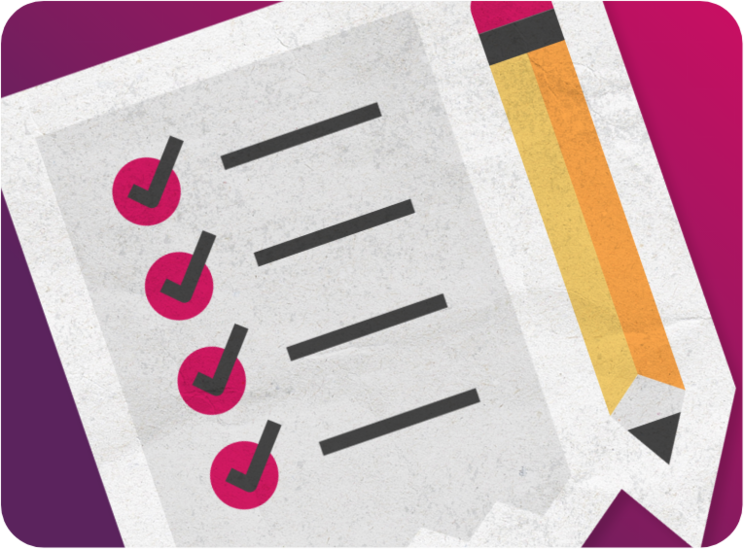For people 6+ with moderate to severe plaque psoriasis

Have you ever wondered how appointments go for others?
66%
An online survey found two-thirds of patients leave a physician's office realizing they have remaining questions.
38%
Another online survey found over one-third of patients don't feel like their concerns are being heard.
The best way to make the most of each appointment is to think about how your appointments usually go and prepare yourself to communicate your needs in the next one.
How do you prepare for your appointments?
Talking to the doctor can be difficult for anyone. This video can help you prepare and feel ready to go.

Are you tracking your symptoms?
Keeping track of what you’re experiencing can help you remember how and when your plaque psoriasis interferes with your day and helps you recognize when new symptoms arise.
It can also lead to a better treatment experience. Be sure to document the severity, location, and daily impact of your plaque psoriasis symptoms and keep records to identify patterns. Here are a few tips:
- Consider using your phone or paper
- Take photos
- Note the daily impact of symptoms
- Summarize your experience
This is important because people with plaque psoriasis who have nail disease are almost 3x more likely to develop psoriatic arthritis than those who don't. And people with psoriasis who have scalp lesions are almost 4x more likely to develop psoriatic arthritis than those who don't.
Putting it all together
Next, we’ll help you turn your symptom tracker into a 1- to 2-sentence summary to share with your dermatologist—we call it your Cue Card.
